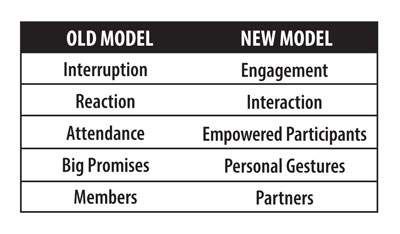Now is about the time kids are going to start whining that familiar, mid-summer refrain: I’m booored. You stifle the urge to say, “Well you could help me fold the clothes/clean out the garage/empty the dishwasher/trim the hedge/(fill in the blank) and then you wouldn’t be so bored!” Instead you . . . well, what do you do?
Boredom is Scary
“For many young people, ‘I’m bored!’ is a complaint about uncertainty, about not knowing what’s going to happen next, about what should be happening next, about what’s worth doing next,” says Nick Luxmoore, a psychodrama psychotherapist in his online column for Psychology Today. He suggests that boredom might be an opportunity for parents to have a philosophical discussion with their child.
“What if we saw boredom as a transitional experience, as an interesting lull? Then we might begin to talk with young people about how scary it is, not knowing what’s going to happen next,” he continues. “We might share our own experience of the panic boredom sometimes precipitates, of how addicted we can become to things new, unusual and exciting. We might wonder with young people about whether being able to be bored is a sign, not of being a boring person, but of maturity.”
That Means You
In her blog, “Thinking about Kids,” Dr. Nancy Darling writes, “Oddly enough, one of the reasons that many kids and teens have trouble with knowing what to do in the summer is that they haven’t been bored enough. From a developmental perspective, kids have very little experience learning how to find things to do for themselves. They might know what they like to do, but they have little experience figuring out how to make good things happen.”
“And if they don’t have a friend available to play with, and they don’t have a sibling who wants to play with them right then and there,” she continues, “that means they want to play with you.”
Play Takes Practice
Darling acknowledges that it’s hard for parents to find time to play, but sometimes ten minutes is all it takes to get a kid engaged in an activity. She suggests getting them to talk about a toy, what they like best about it and what it can do, and she says to make sure you respond with lots of “oohs and ahhs.”
“Kids show what they love to the people they care about. The more they care about you, the more they want to show you what they’ve done,” Darling explains. “And the more you share their experience—ooh and ahh—the more they care about you. You can do this from across the room or wandering in and out.”
She says that spending time with younger children, teaching them how to play, will help keep boredom at bay when they get older and find they have no one with whom to play. “Play may be natural,” she says, “but it takes practice.”
Darling says there’s an added benefit that comes from playing with your kids. “You may find that you get better at—and more interested in—playing, too.”
Where do you start? We’ve shared a few ideas of our own:
- Family Fridge Fun
- Press Here game
- Endangered Animals puzzle
- VeggieTales Seek and Match game
- Promise Box
- 31 Days of Drawing Through the Bible
- Busy Board for Toddlers
- Scripture Scraps
- Sole Hope Party
So now it’s your turn. How do you practice play with your children?
Judy Bumgarner is a freelance writer in Nashville, Tennessee. She also works at Brentwood United Methodist Church in the church’s Caring Ministry.


